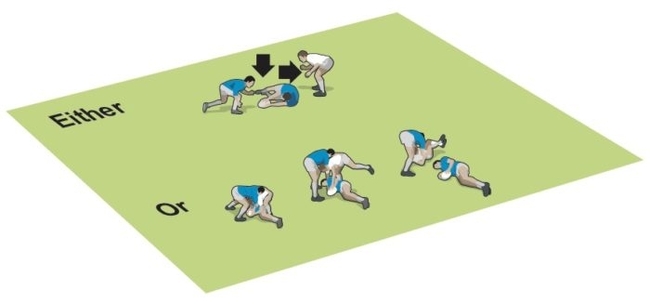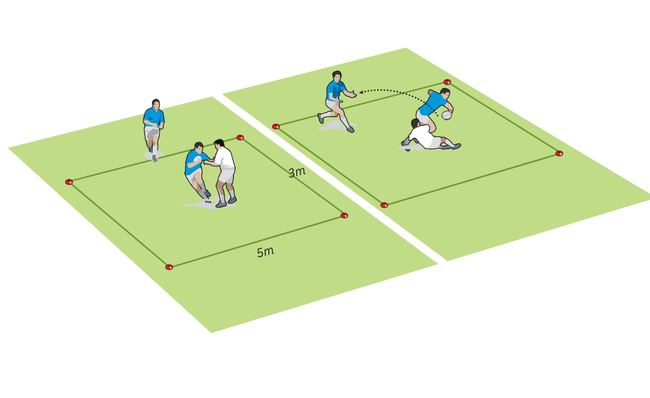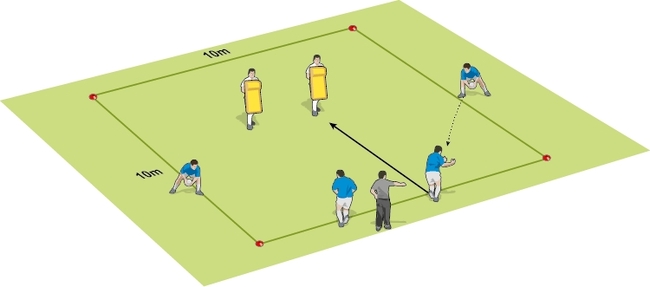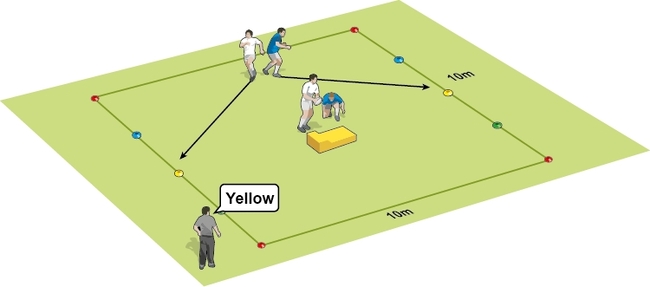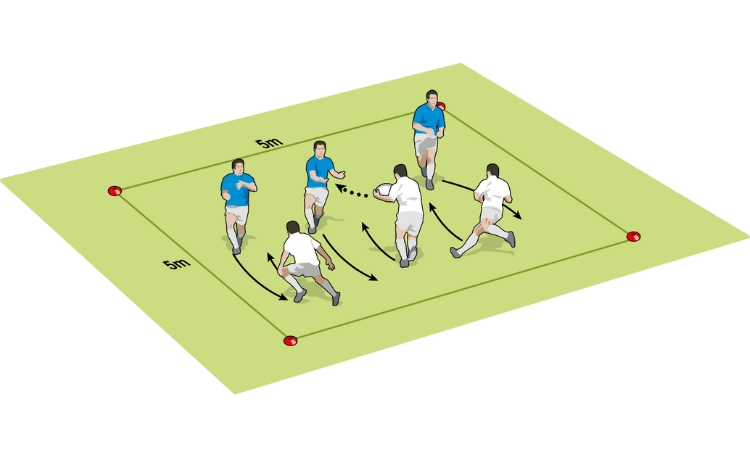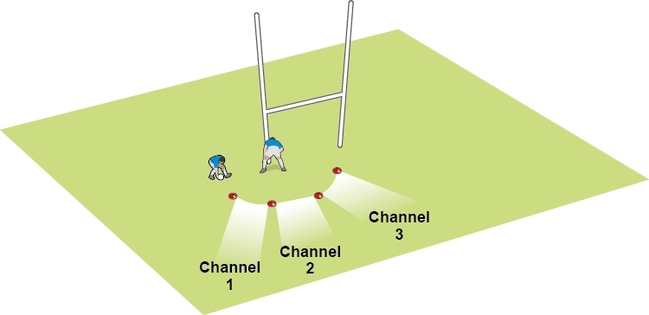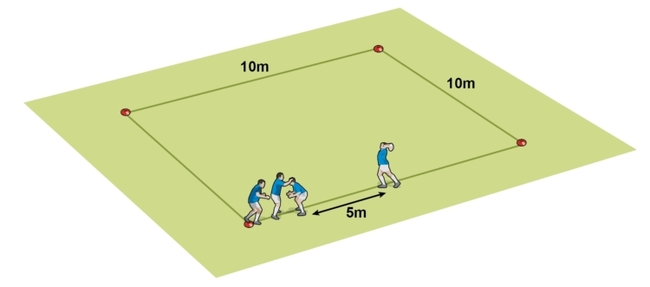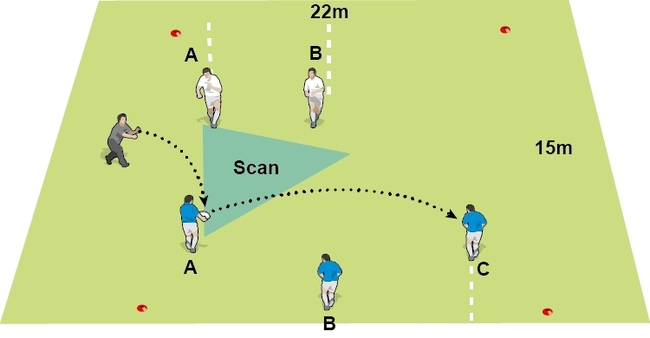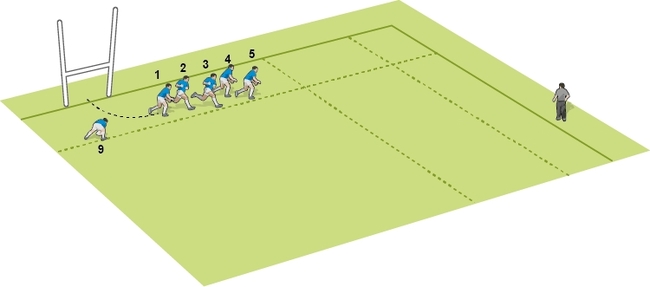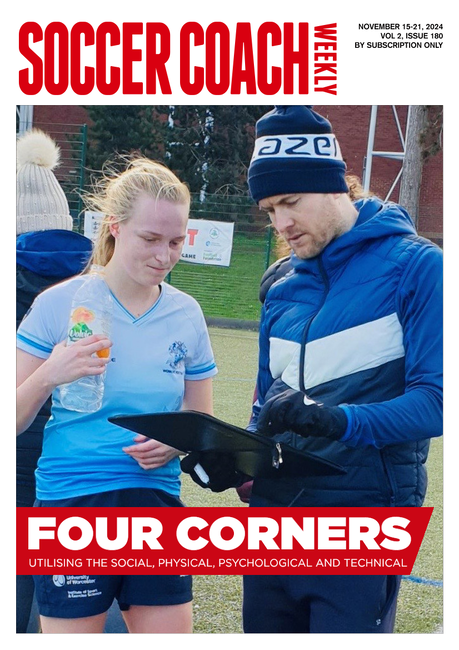Fitting in the fight
Rugby training should be physical at times, and with that, the players must want to win contact situations. How do you create that atmosphere in a positive way in your sessions?
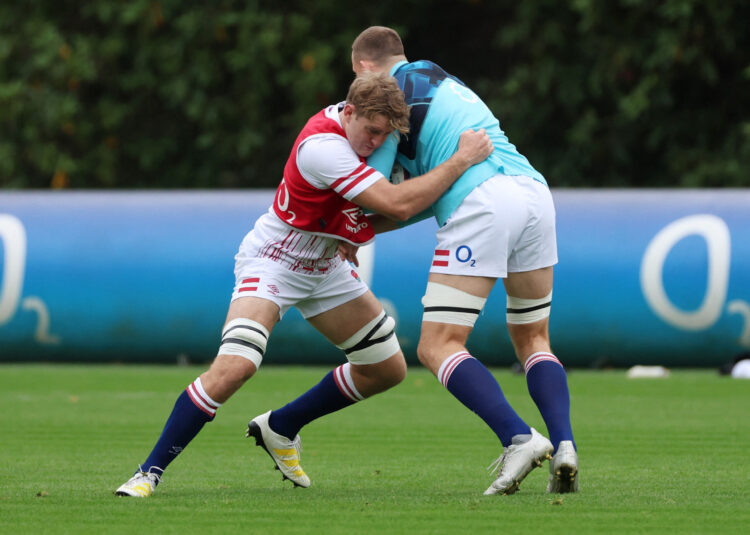
Rugby training should be physical at times, and with that, the players must want to win contact situations. How do you create that atmosphere in a positive way in your sessions?
Scott “Razor” Robertson, the breakdancing Crusaders coach is a shrewd operator. As an uncompromising All Black back-rower, he knew how to win possession as a player. Now, as one of the premier club coaches in world rugby, he also knows a thing or two about keeping his players fit for the whole season.
One of his mantras is that you must save your ammo for the weekend. In other words, he doesn’t do much contact training during the week before a match. He does this for two reasons. First, it keeps his players fit – less bone-on-bone contact certainly reduces injuries. Second, it keeps the players hungry. Their contact ammunition hasn’t been used up in a Tuesday contact session.
I am sure he would be the first to admit that he uses this with a professional and well-motivated team that would happily knock seven bells out of each other during the week. With another team, and more probably the sorts of teams most of us coach, it’s a lot different. They need to spend time “fighting” and learning how to operate in more physical situations.
In my days of playing a good level of rugby, a Tuesday session after a defeat was often very physical. And, even for a winger like me, extremely enjoyable. I’m not sure how much skill was involved, but there was certainly plenty of frustration vented. It wasn’t unusual for the hookers to end up having a scuffle. Why is it always the hookers?!
A fight is a good way to think about the contest, though I would be careful to keep that language to yourself. Instead, create an environment where the players are keen to win contests, which then pushes them to use the right skills to overcome their opponent.
It’s a fight because, often, the initial contact skill doesn’t land the decisive blow. It might gain the advantage, yet it still needs to be finished. For example, at the ruck, a defender might get their hands on the ball. They need to be strong and sturdy so they aren’t driven off. Or, a tackler makes a good shoulder contact with the ball carrier. Continuing to drive their legs, tightening the grip and twisting in the finish gives the rest of the team a chance to turn over the ball.
The same is true when the situation is not so positive. Continued resilience can reduce the outcomes for the opposition and sometimes even reverse the outcome in the favour of the better “fighter”.
Instil this attitude in sessions like stopping defences spoiling the ball. The session and techniques are not all about “blood and guts”, but do help reveal resilience.
- Training should be physical, and players must want to win contact situations.
- Scott "Razor" Robertson, the Crusaders coach, saves full-on contact for the weekend games to keep his players fit and hungry.
- So, while professional and well-motivated teams can do without full-on contact training during the week, other teams need to spend time "fighting" and learning how to operate in physical situations.
Newsletter Sign Up
Coaches Testimonials

Gerald Kearney, Downtown Las Vegas Soccer Club

Paul Butler, Florida, USA

Rick Shields, Springboro, USA

Tony Green, Pierrefonds Titans, Quebec, Canada
Subscribe Today
Be a more effective, more successful rugby coach
In a recent survey 89% of subscribers said Rugby Coach Weekly makes them more confident, 91% said Rugby Coach Weekly makes them a more effective coach and 93% said Rugby Coach Weekly makes them more inspired.
Get Weekly Inspiration
All the latest techniques and approaches
Rugby Coach Weekly offers proven and easy to use rugby drills, coaching sessions, practice plans, small-sided games, warm-ups, training tips and advice.
We've been at the cutting edge of rugby coaching since we launched in 2005, creating resources for the grassroots youth coach, following best practice from around the world and insights from the professional game.
